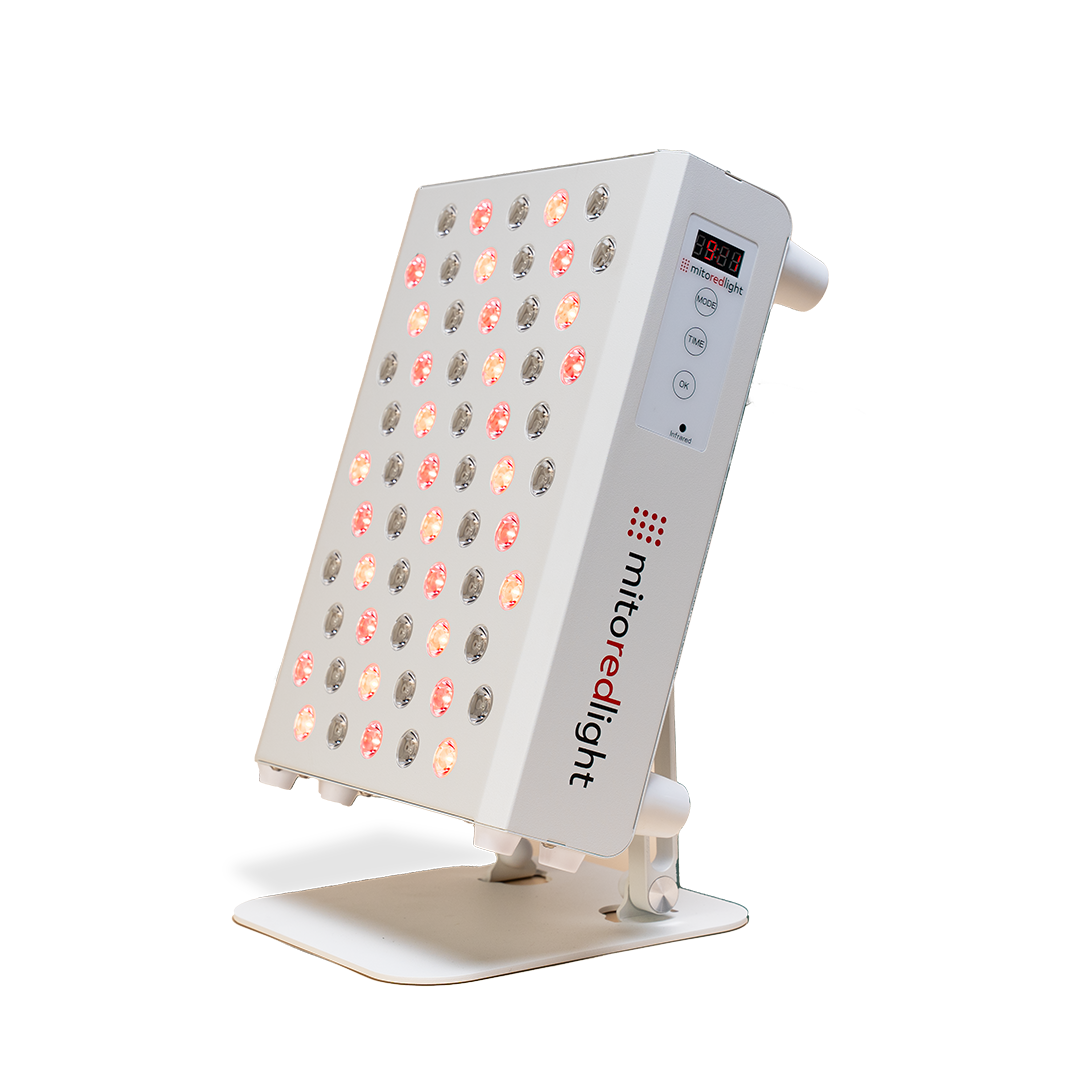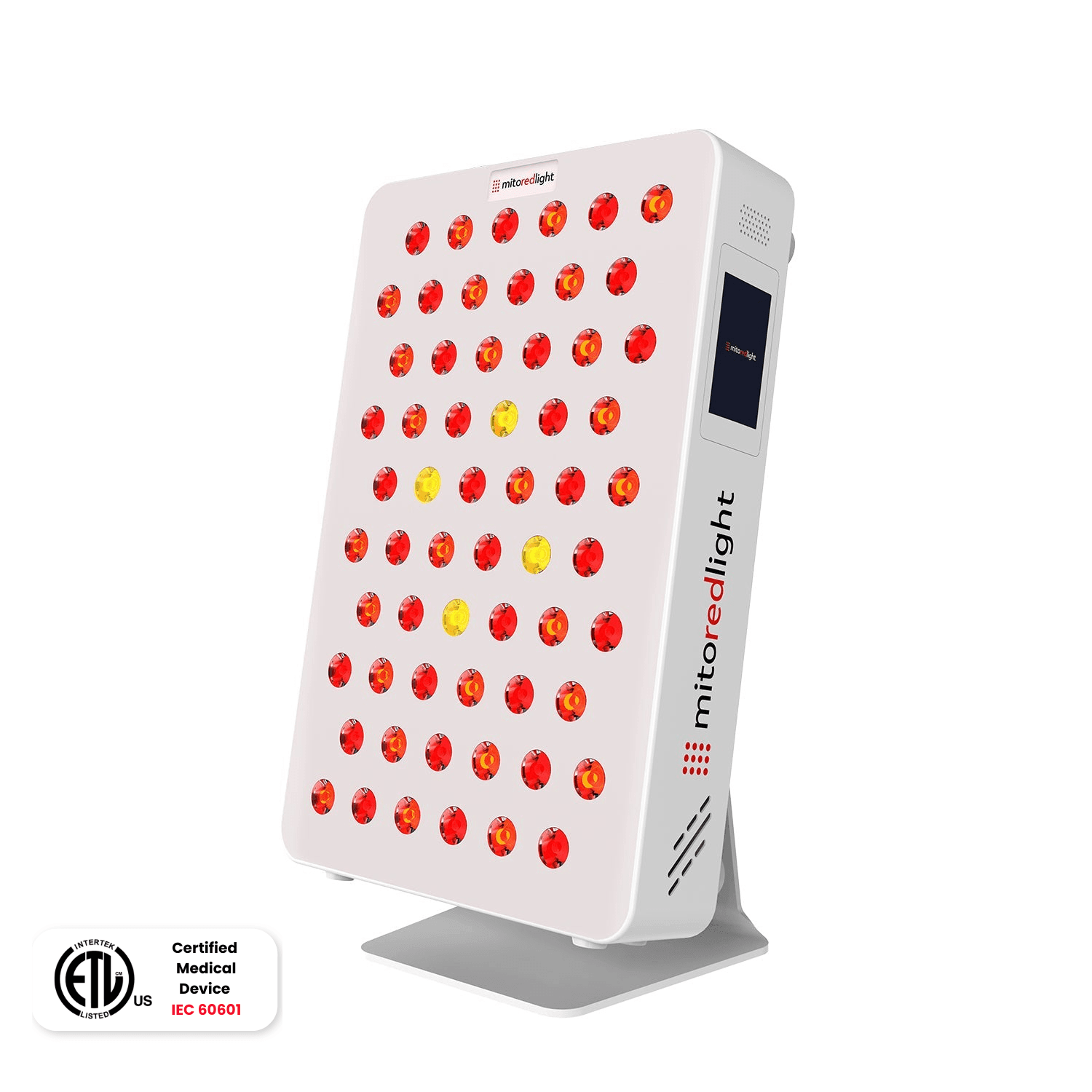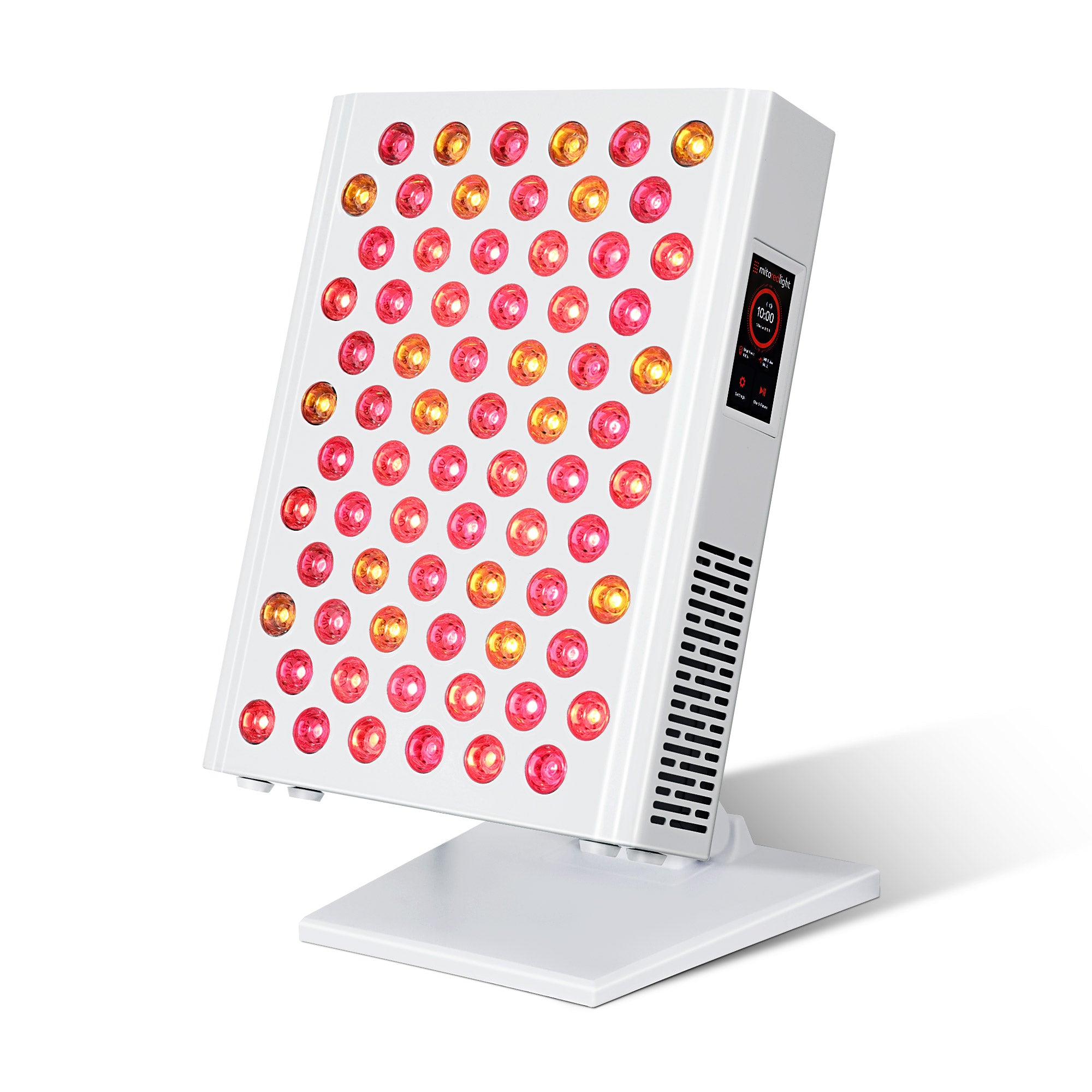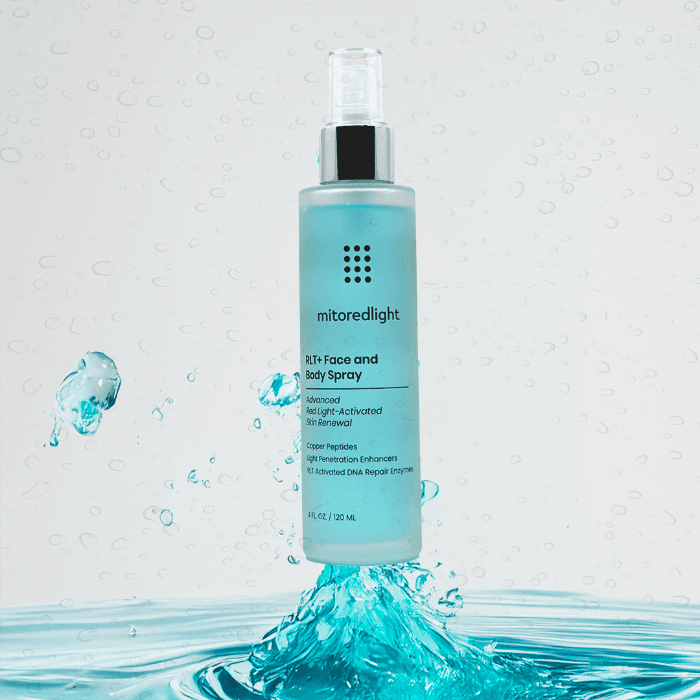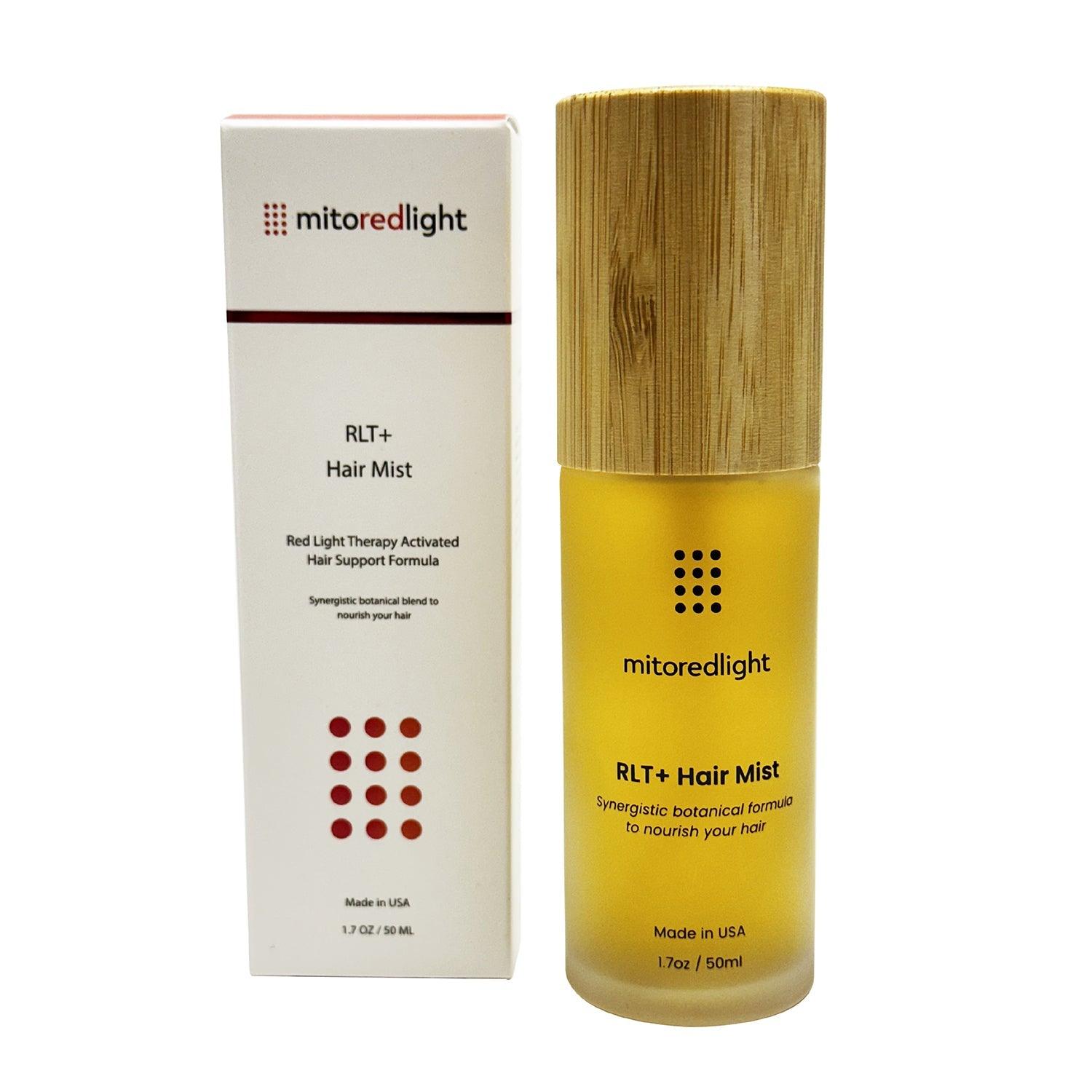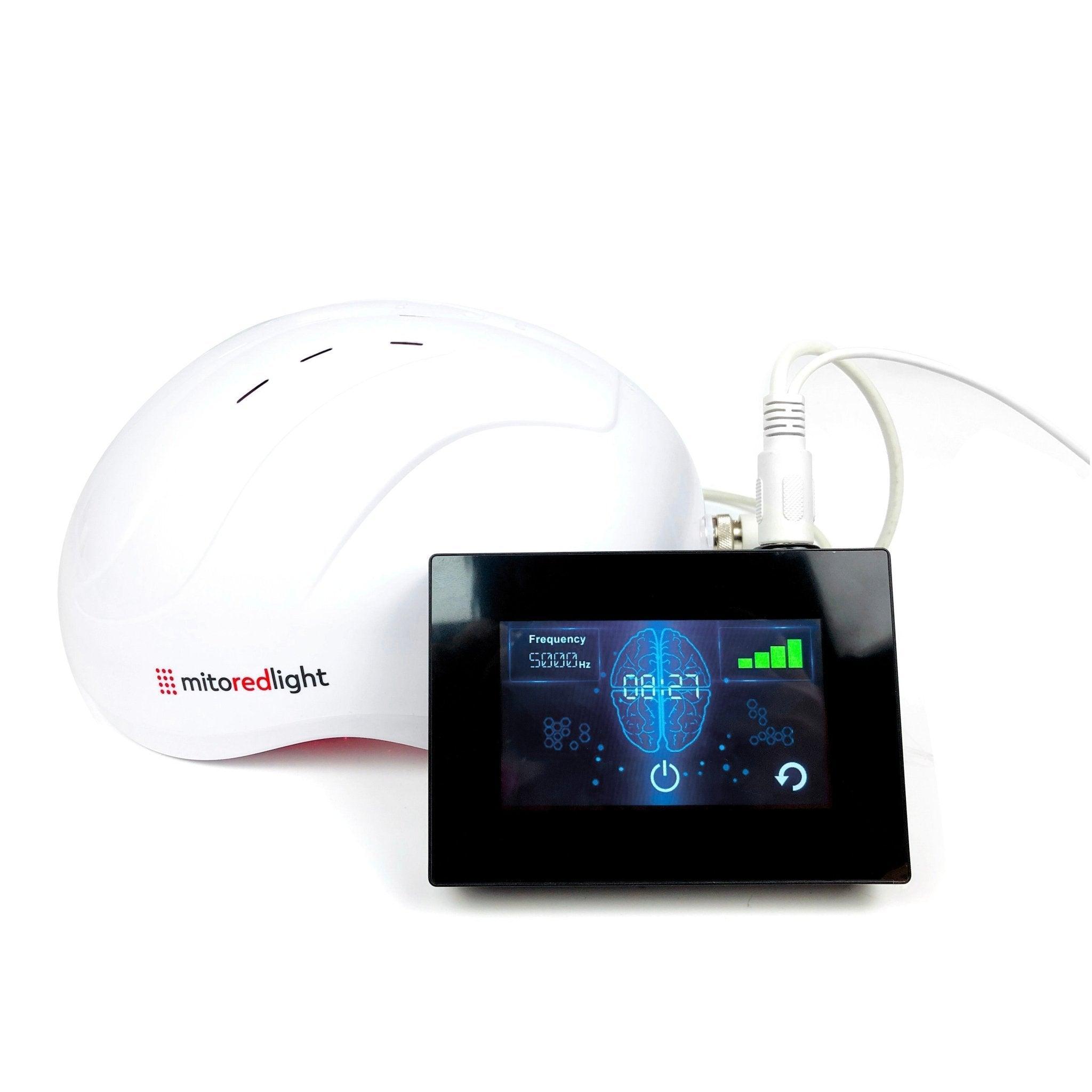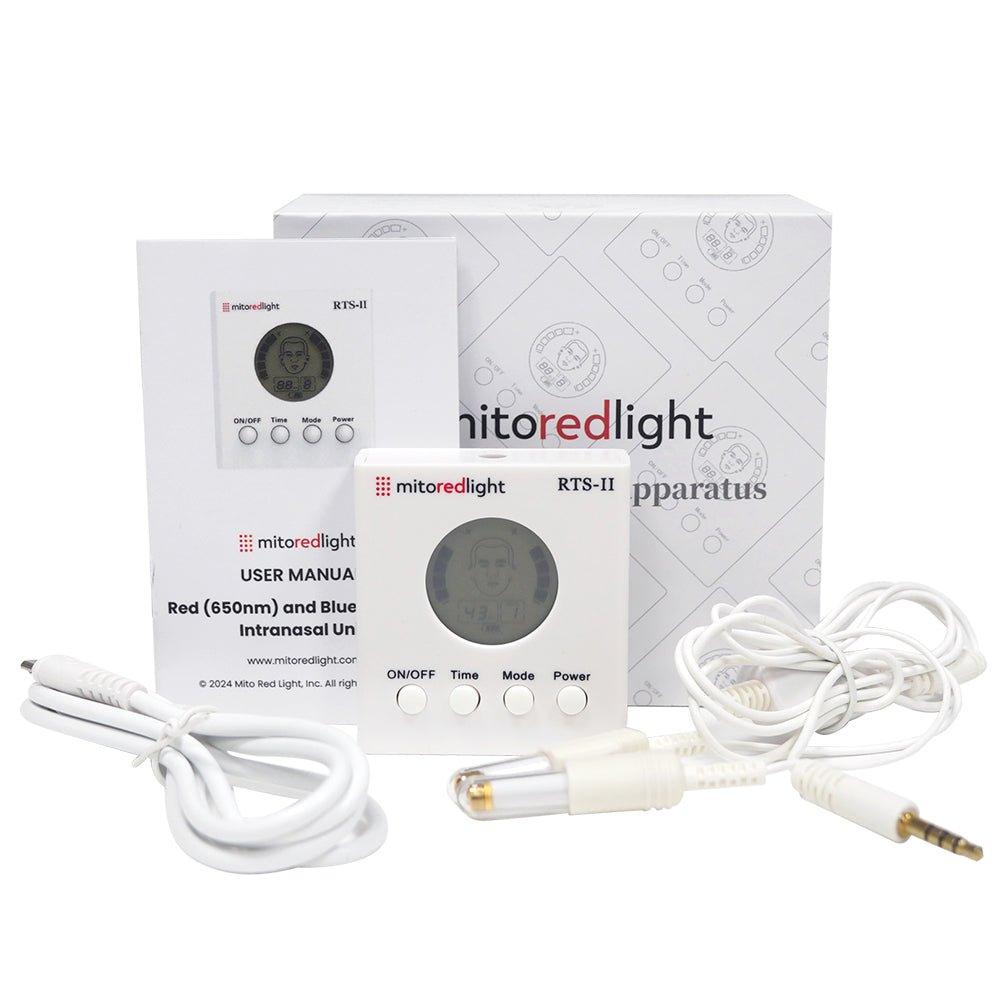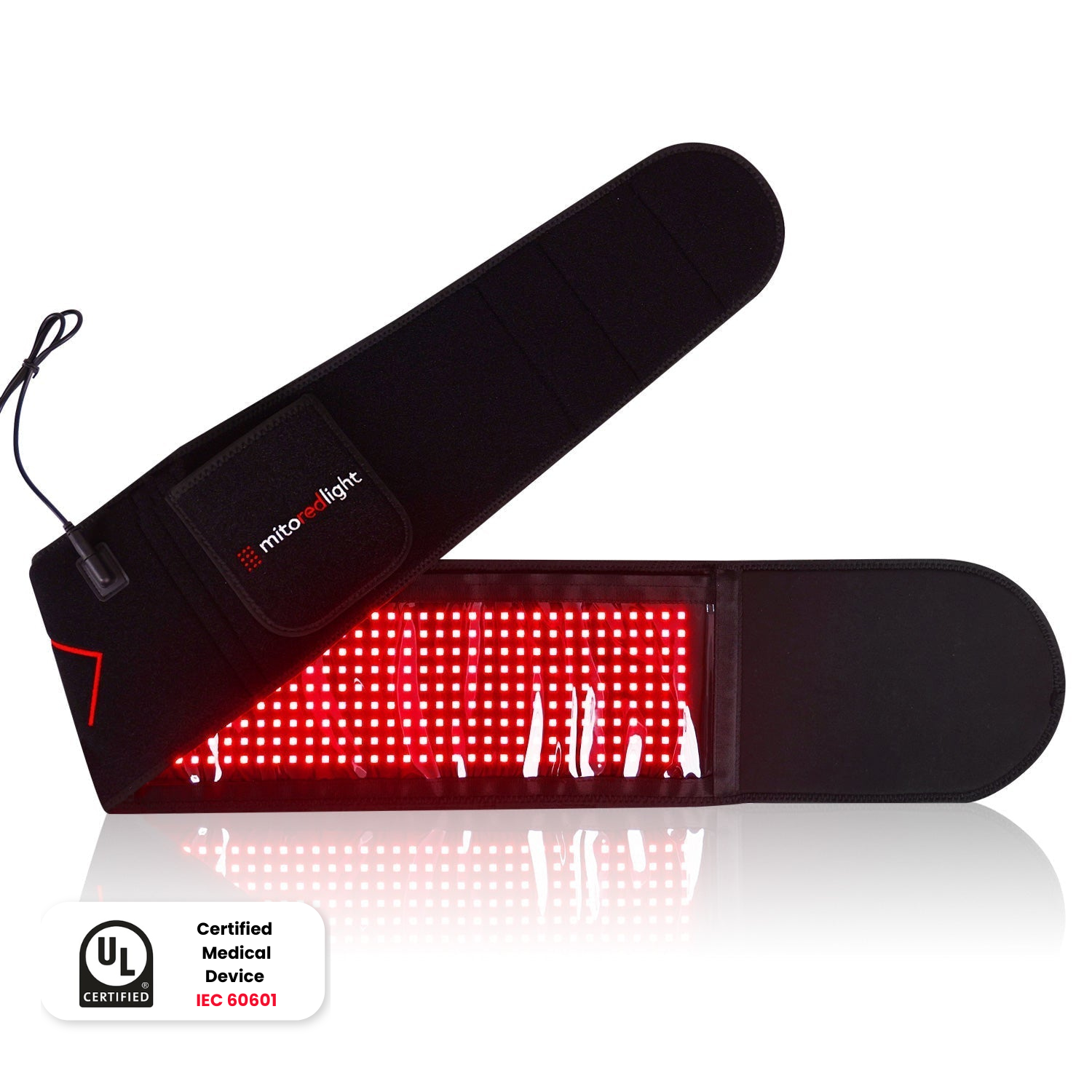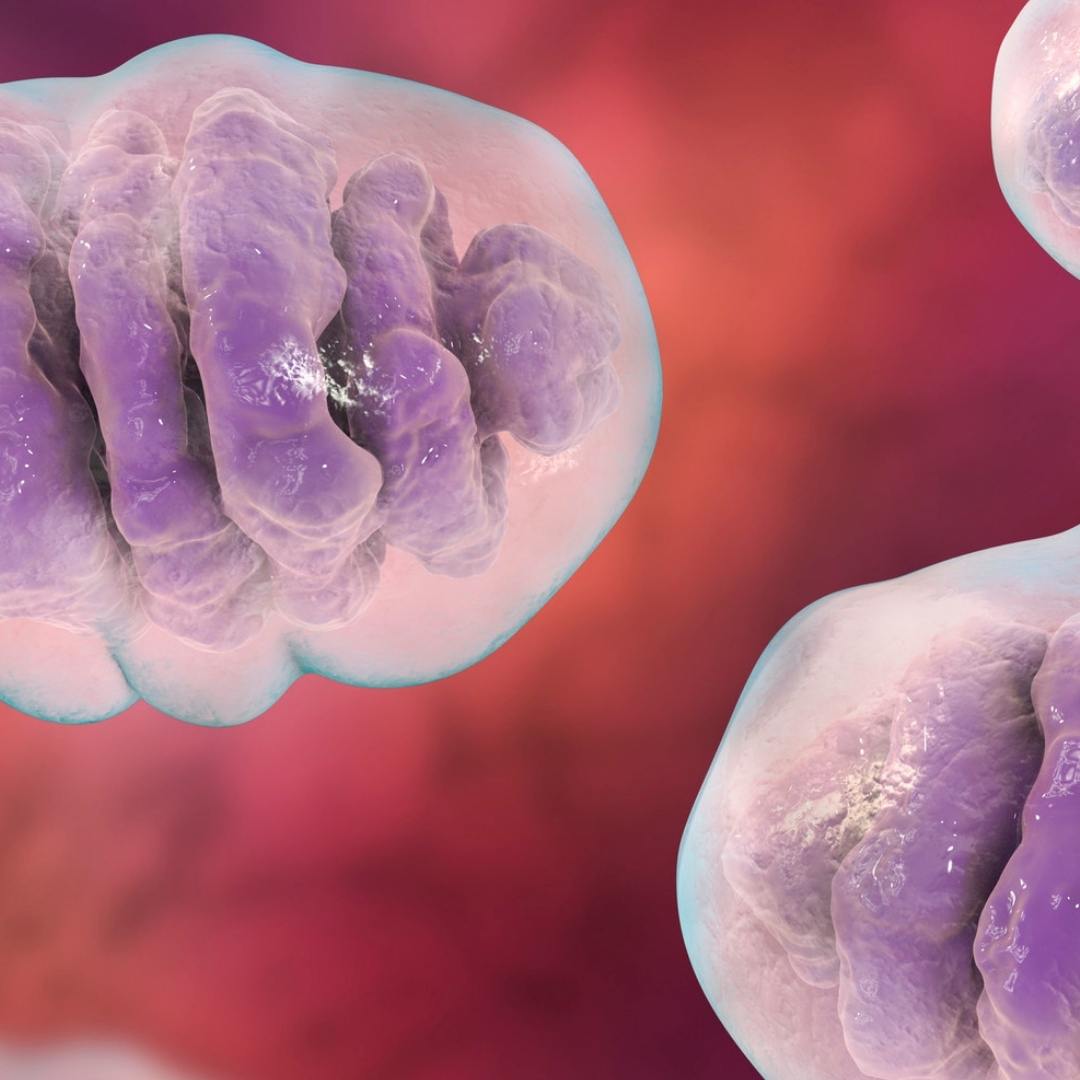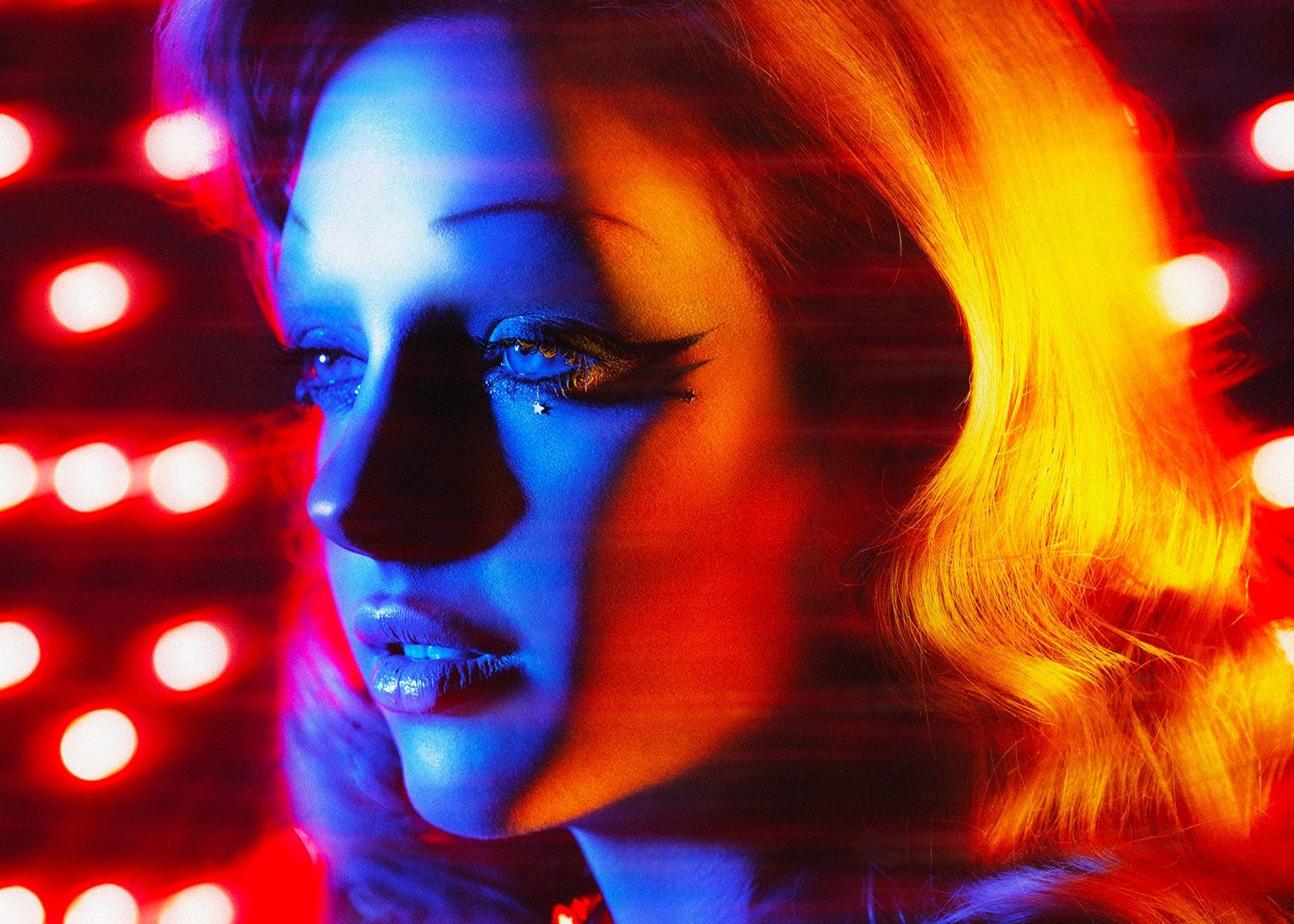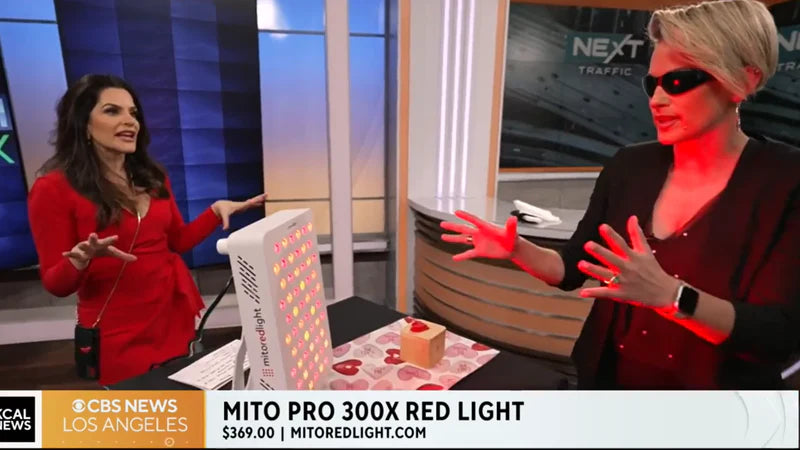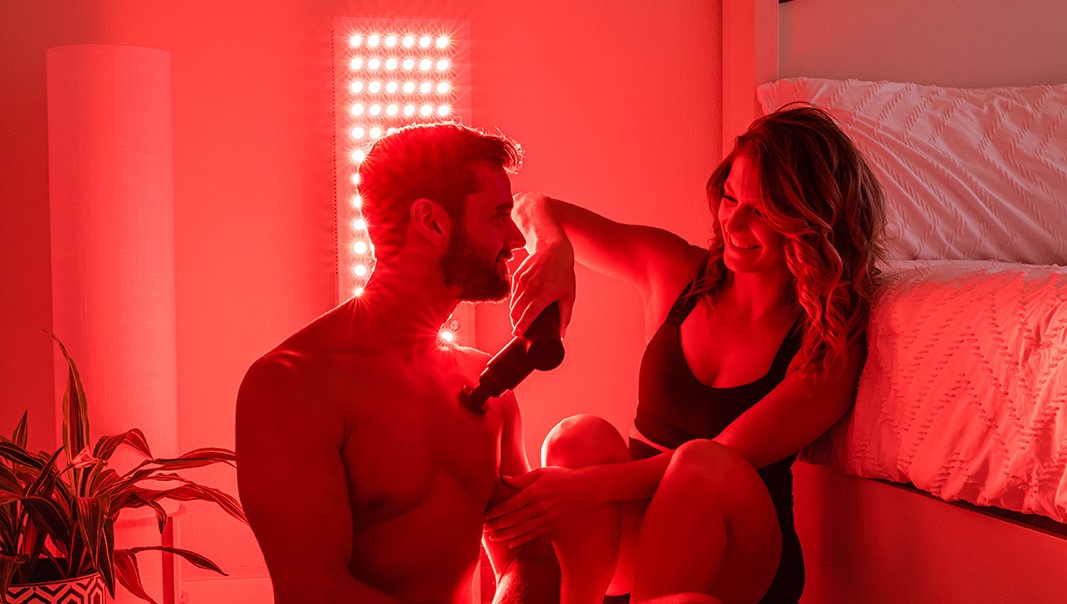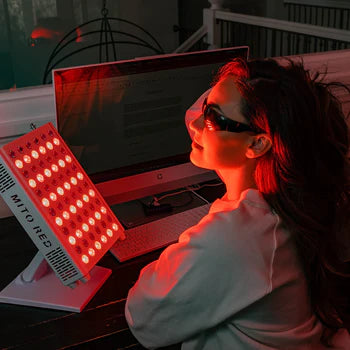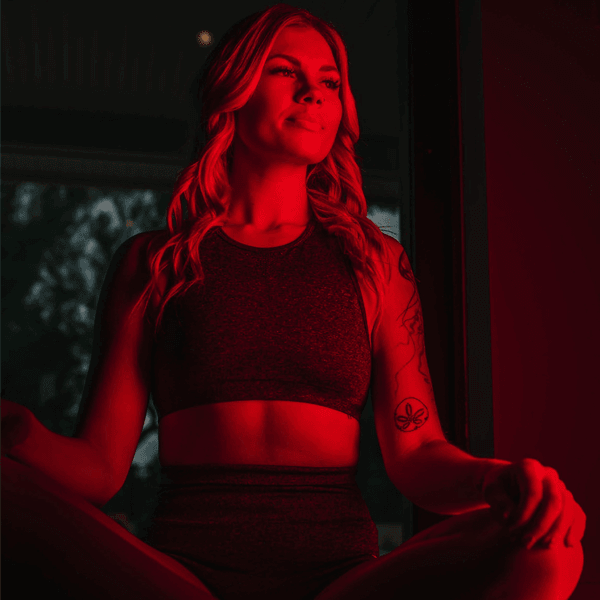DISCLAIMER: Mito Red Light devices are not clinically proven to diagnose, treat, cure, or prevent any medical conditions. Mito Red Light devices are low / risk general wellness devices aimed at affecting the body through supporting cellular function. The scientific studies referenced in this article are for educational and informational purposes only and are meant to educate the reader on the exciting and growing field of phototherapy. To see a list of precautionary warnings and contraindications, click here
There is some very interesting research on the effects of light therapy on exercise performance, with research suggesting that phototherapy can help enhance aerobic performance and increase recovery time. But that doesn’t mean that you can head straight to the gym after an intense session at your local dermatology clinic.
It’s a very difficult kind of skin regimen and the sessions offered by a clinic focus on skin issues such as blemishes and use medications designed to increase ray penetration and enhance results, you need to be careful when combining an exercise regime with regular blue light therapy.
Physiological Considerations of Blue Light Therapy
At-home blue light therapy devices require little to no downtime. You can use these devices for 5+ minutes at a time and then continue with your day. As long as you properly care for your skin, using moisturizers to prevent it from drying out and sunscreen to protect it from UV damage, you shouldn’t have any issues.
The blue light machines used by clinics are a different story, though. Clinic-run clinical sessions using light-based wellness technology use lights of higher intensity and combine them with complementary medication, including something known as aminolevulinic acid, sold under the brand name Levulan.
Known as a photosensitizing medication, it makes the skin more susceptible to blue light and allows the rays to penetrate deeper. Sessions are still short, but they are intense, and the skin can undergo some rapid changes following a therapy session.
To protect their skin during this delicate period, individuals who have received blue light therapy should avoid:
- Direct Sunlight: The skin is very sensitive, making it susceptible to UV radiation. It’s best to schedule your appointment at a time when you can stay inside for at least 48 hours afterward. Precautionary measures may also be required for a couple of weeks after your session—you can discuss this with you dermatologist.
- Trauma: Avoid anything that can cause trauma to the treated area for at least 24 hours. This includes any kind of contact sports, as well as exfoliators, cleansers, and anti-aging creams.
- Saunas and Hot Baths: Don’t take a hot bath, shower, or sauna for 48 hours. It can increase sensations of heat and burning and may make the skin uncomfortable.
Exercise should be avoided directly after a session, especially if you were treated on the back, chest, or extremities. Excess sweating may also irritate the skin, especially if you respond by dabbing or wiping the sweat away.
Timing Your Exercise
You can exercise before a blue light therapy session, provided you leave yourself plenty of time to follow the instructions provided by the clinic. These typically include removing all makeup and sunscreen, but they may also recommend light exfoliation. Don’t use anything that can irritate the skin, such as anti-aging products and exfoliators, and if you’re not sure about something, ask the clinic.
Light exercise is fine after an intense blue light therapy session, as it shouldn’t cause too much chaffing, won’t exaggerate feelings of heat, and shouldn’t cause too much sweating. Obviously, though, that excludes going outside for a light jog or a long walk, as you need to avoid direct sunlight.
In most cases, you can get back to your exercise regime after 48 hours, but it depends on how you’re feeling and if you have experienced any issues.
There may be some light swelling and scabbing, and this can remain for several days after the session. It’s common and is usually nothing to worry about, but if you don’t take good care of your skin (light washing, moisturizing, sunscreen) and spend a lot of time in direct sunlight, you may experience persistent issues in rare cases. You can discuss these with your clinician, paying special attention to any stubborn dry patches, pus, or yellowing, as it may indicate an infection if improperly cared for.
Skin Protection Strategies
Although at-home blue light sessions are not as intense as the ones offered by clinics, they may still support visible skin improvements with consistent use.. In fact, as they are more convenient and can be used every day or every other day, some users report similar cosmetic benefits over time. To maximize those benefits and ensure your skin is fully prepared before each session and protected afterward, keep these tips in mind:
- Wash your face with soap and water before a session.
- Wear eye protection when using blue light devices.
- Don’t scrub after a blue light session.
- Apply plenty of moisturizer and use Vaseline on dry patches.
- Combine your sessions with an overall skincare regime.
- Monitor any changes to your skin.
- Take a “before” picture prior to your first session so you can monitor your progress.
You can follow similar protocols for clinical appointments, but they may also recommend that you avoid direct sunlight, saunas, and exercise, as discussed above.
Here are some other considerations for intense blue light therapy sessions:
- Don’t wear jewelry for several days following treatment of the extremities.
- Avoid all direct light for several days, as your skin will be more sensitive. This includes strong reading lamps, light therapy boxes, and lights used during dental exams.
- Don’t wear any clothing or accessories that will rub or aggravate treated areas.
- Don’t apply bandages to treated areas. Use ice packs to reduce the swelling and Vaseline/moisturizer to protect against dryness.
- Keep strong fragrances away from treated areas, including perfume, cologne, and hairspray.
- Don’t use any retinoids until your skin has returned to normal.
- If you notice any persistent redness or experience any unusual side effects, contact your dermatologist immediately.
Conclusion: Exercising After Blue Light Therapy
There are a few things you should avoid after a blue light therapy session, including direct sunlight and anything that causes trauma to the affected area. Exercise is not the biggest problem, but to be on the safe side and prevent further damage to the skin, it’s best to wait for a few days—or until your clinician advises—before hitting the gym.
You don’t need to take as many precautionary steps if you’re using at-home devices like the MitoCLEAR® for a few minutes at a time, even if you’re using them regularly. You should be on the lookout for side effects, though, and should moisturize every day and use sunscreen whenever you leave the house.
